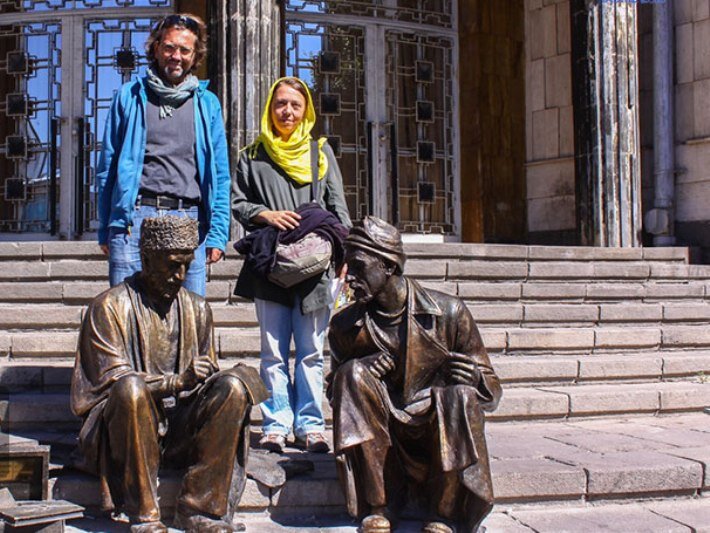East Azarbaijan eyes hosting more foreign travelers

TEHRAN—East Azarbaijan seeks to attract more foreign travelers, its deputy governor-general has said.
“This province can receive at least one million foreign tourists [per annum], IRNA quoted Torab Mohammadi as saying on Saturday.
He said the number of foreign tourists visiting attractions of the province remarkably soared over the past two years compared to the previous years.
“More than 170,000 foreign tourists from different countries and continents traveled to this province over the past two years. And, according to statistics, they had at least one overnight stay.”
Referring to the various attractions of this province, the official said that Tabriz (the provincial capital) is the only city in Iran that has more than 500 years of history as the [state] capital.
Soaked in history and dotted with splendid vibrant historical sites, Tabriz has countless attractions such as Azarbaijan Museum, Arg-e Tabriz, Poets’ Mausoleum, Elgoli Park, Shahriyar House Museum, Municipal Hall, St Mary's Church, Qajar Museum, Constitution House, Khaqani Park, and Sarkis Church.
Tabriz has long been a place of cultural exchange since antiquity. Its UNESCO-registered bazaar complex gives reference to the city’s glorious past when it was a peak commercial center on the Silk Road. The northwestern city is also famous for having a rich Azeri culture, hospitable people, ubiquitous carpet shops, abundant public places, and an efficient transport system.
Moreover, the ancient city acted as a buffer between regional powers, the Persian and Ottoman empires in particular, for centuries. It became the capital of the Mongol Il-Khan Mahmud Gazan (1295–1304) and his successor. Timur (Tamerlane), a Turkic conqueror, took it in 1392. Some decades later, the Kara Koyunlu Turkmen made it their capital. It was when the famous Blue Mosque was built in Tabriz. Tabriz retained its administrative status under the Safavid dynasty until 1548, when Shah Tahmasp I relocated his capital westward to Qazvin.
During the next two centuries, Tabriz changed hands several times between Persia and the Ottoman Empire. During World War I, the city was temporarily occupied by Turkish and then Soviet troops.
Over the course time, the pace of modernization quickened in Tabriz when World War II came to an end, its manifestation can be traced by the emergence of widened streets, high-rise buildings, and public gardens adorned with fountains and pools, to name a few.
AFM
